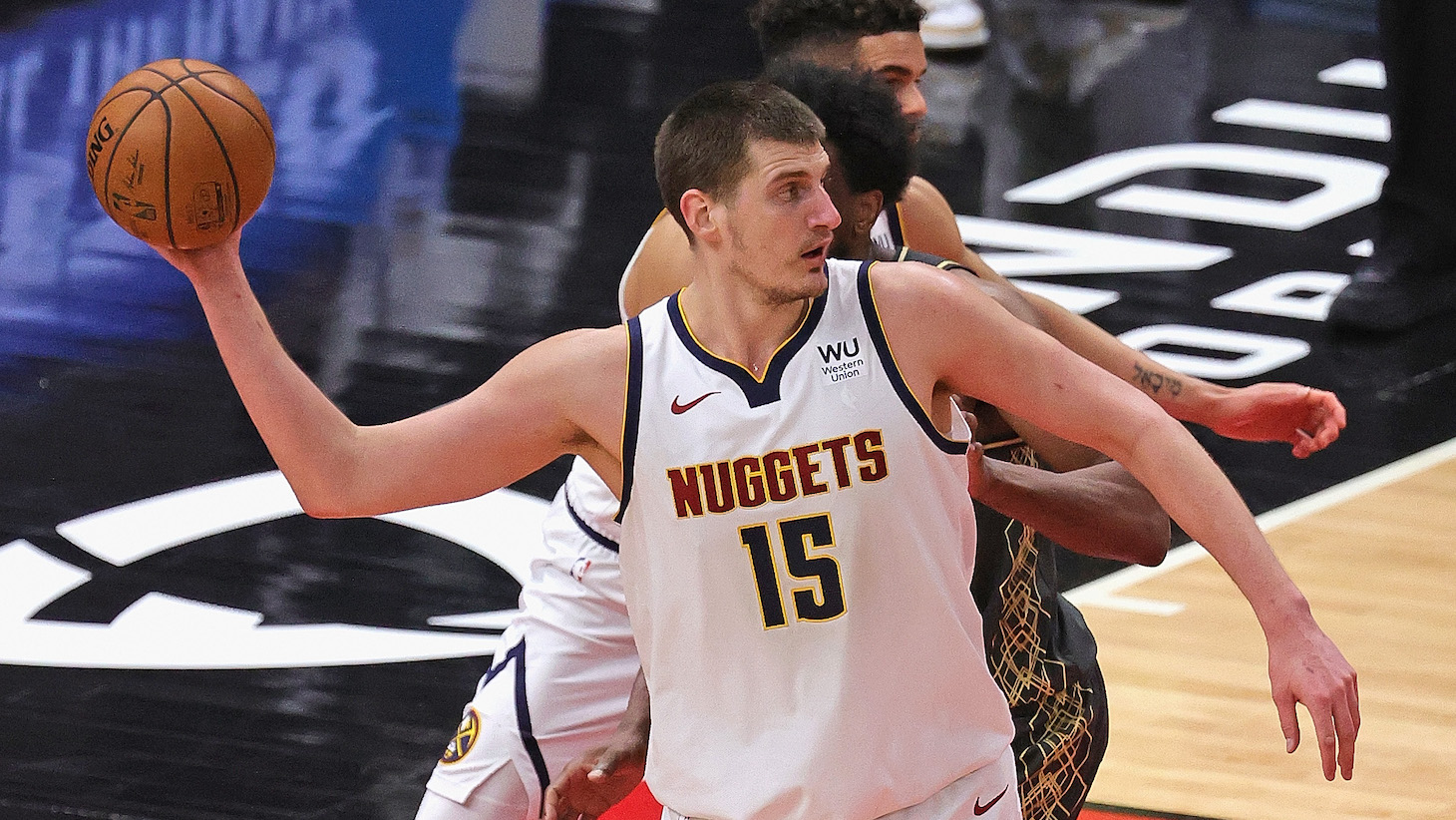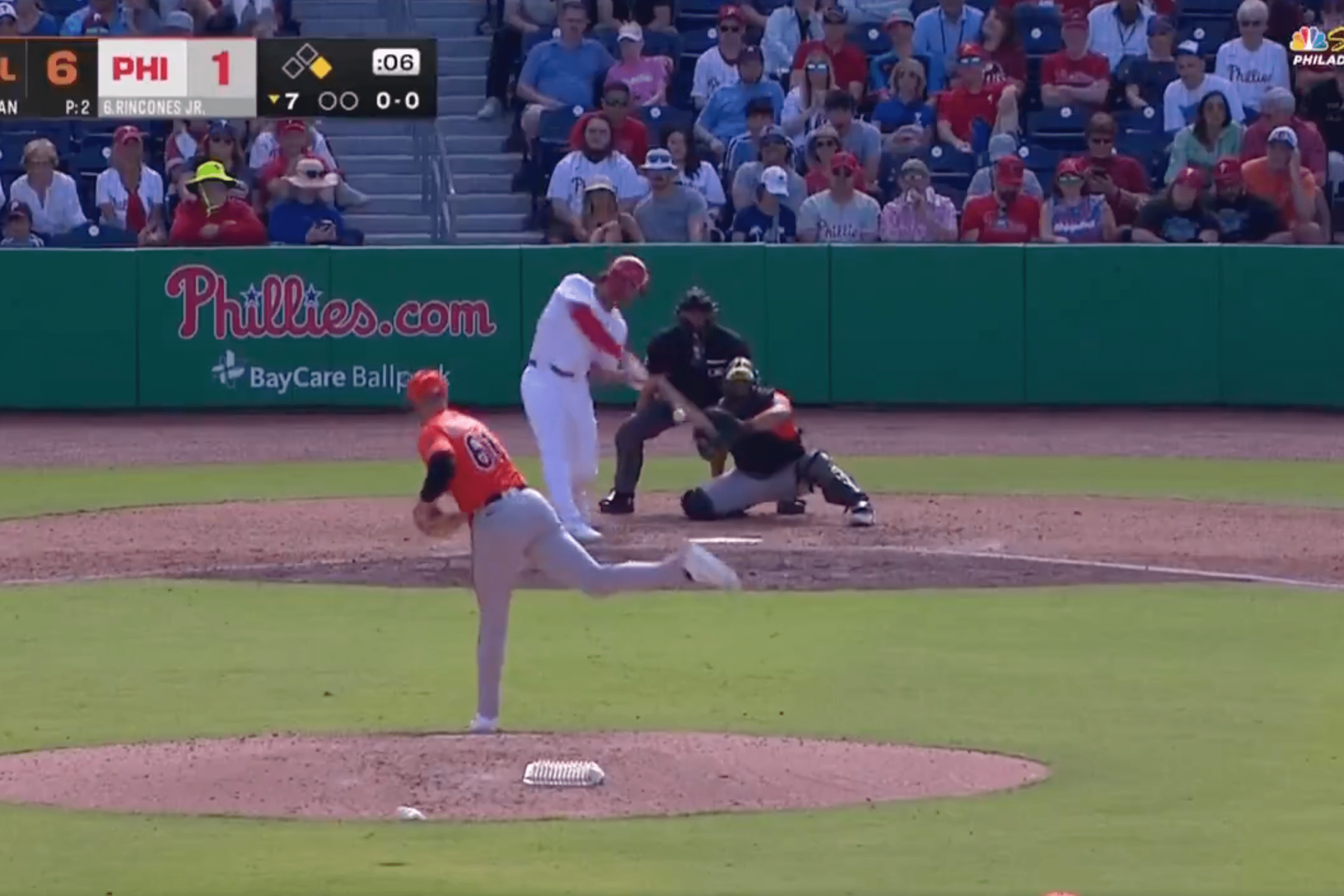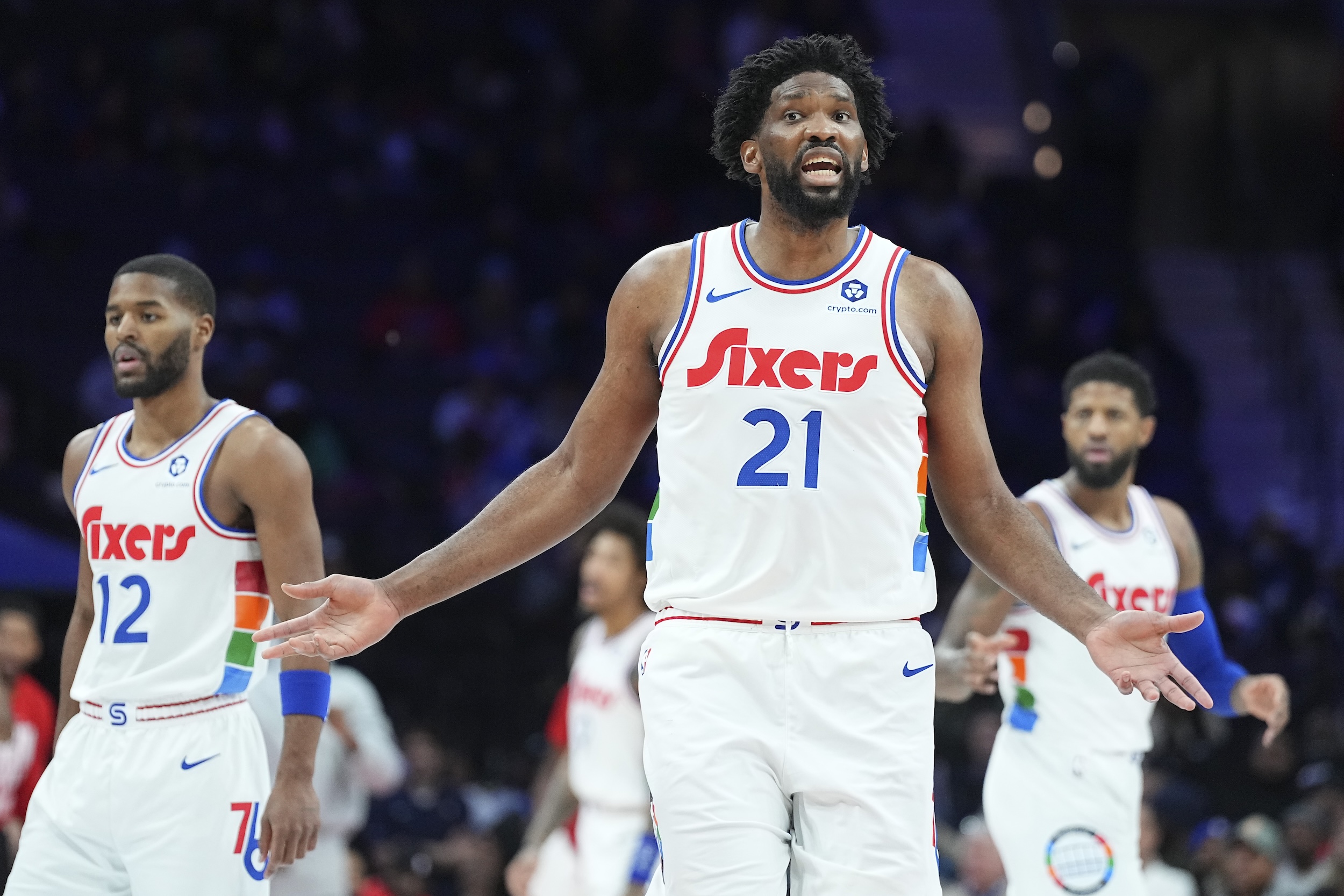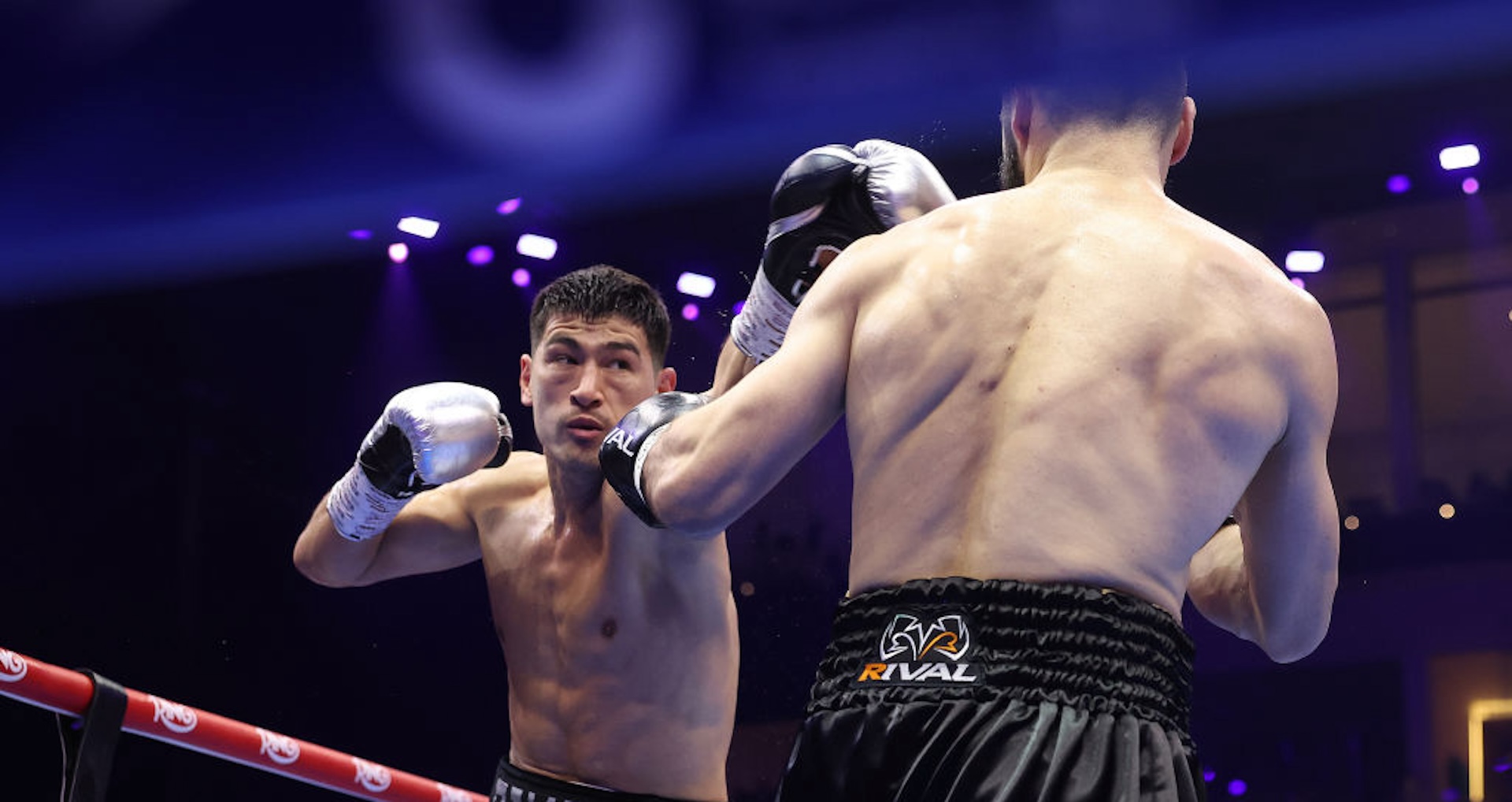Eyeballs are stupid. They fail people—even people who are paid specifically for the use of their eyeballs. They can lead a fool to think that something that looks bad can’t be good. That a Serb with the body composition of a memory foam mattress couldn’t play basketball at an all-universe level. “I’m a huge opponent of optic bias, visual bias, people judging how you look,” said Denver Nuggets general manager Tim Connelly, describing the thinking behind the most important bit of scouting he’ll ever do. “But it’s like: he was really good at basketball. He was at the Hoop Summit, he was doing all this stuff he was doing now, against [Clint] Capela,” he said, of his imminent MVP. “And instead of saying ‘Man, that kid from Meg is good,’ the whole gym is like, ‘Can you believe Capela’s getting cooked by this big fat kid?’” Here hangs a whole new mist of visual bias: that the good basketball happening in plain view somehow isn’t good because the guy looks like that.
Capela would go 25th in the 2014 draft; the big fat kid would wake up from his slumber at home in Serbia to learn that he had been selected 41st. His agent recalls that he "wasn’t excited at all.” In a few weeks he will likely become the lowest drafted player to ever win the MVP. Lord forgive me for having fallen into the Haters and Doubters mindset: One of my favorite athletes is about to reach the pinnacle of his profession and I can’t stop thinking about how unlikely it was to happen, because of how many eyes needed to be opened to the possibility—including the eyes of Nikola Jokic himself.
It started with the agent Misko Raznatovic thumbing through the newspaper, finding some box scores from an unknown teenager and seeking out the family, only to discover a “nice guy … who did not look too good physically.” It continued when that agent shipped him to Mega Basket, where his coach, Dejan Milojevic, had the cheese-pie-loving rookie practicing solo because he didn’t believe he was ready to run with the team, only to be proven wrong by a frightening acceleration of skill: “He improved and he started practicing—and he was improving so fast that I started playing him literally the month after.” Then came Denver, which can’t claim too much clairvoyance because he was their third pick of that draft and not even the first Balkan big man they selected. And here is the part where some eyes auspiciously stayed clamped shut: After he was drafted by an NBA team and while he was tearing up the Adriatic League, one of the biggest clubs in Europe came to court him for a huge contract. The one game they showed up for, Jokic stunk, and they balked. “I had four points, three rebounds and I didn’t play defense,” he said. “I think it was a sign. Without that game, I’d be in Barcelona right now.”
Thus the Joker made his way to Colorado, on an airplane where he sipped the last sips of the elixir he had long chugged at a three-liter-a-day clip—"Don't let Coke be stronger than you," he has since intoned—ready to fashion some role for himself in the NBA. Even he had to be convinced that he could do it. Early on, according to coach Mike Malone, Jokic banished himself to the bench after struggling to operate in mammoth lineups alongside Jusuf Nurkic. But in time Denver realized one of those bigs could become a talented starter and the other could become something no one had ever seen, so in 2017 they traded the former and committed fully to this unlikely centerpiece. Jokic found a perfect dance partner in Jamal Murray, the other half of basketball's coolest two-man game. And then he just permitted himself to be The Guy. Season after season came more and more assurances from the box scores, from the all-in-one advanced metrics, from befuddled opponents, from the eyeballs of anyone watching, that Jokic was actually doing it. So what if he had to be persuaded by Paul Millsap that the Nuggets were his team, not (dear god) Paul Millsap’s? So what if he was initially sheepish to bear the full scoring load? So what if he couldn’t wall up at the rim like a traditional big or defend in space like a modern one? He could do so much more and see so much further.
In his first postseason, he delivered beyond any reasonable expectations, nearly smuggling his team into the conference finals. The next year, inside the bubble, he went a round deeper while staking out a position as a dominant one-stop offense. During the pandemic layoff he shed some flab and sweetened up his shooting, and in this season, his magnum opus, he's toasting his defenders on the baseline with his first step and hitting 41 percent of his threes. Denver gets credit for installing the perfect supporting cast around him, even if Murray's ACL tear has curbed what they can accomplish at present. They can still rely on a historic offensive threat putting together 26/11/9 on 65 percent true shooting. Yet somehow his rep has lagged behind his performance. From his dubious soda-guzzling beginnings to this season’s diseased MVP discourse, Jokic’s career has been clouded by critics convincing themselves that the excellent basketball he was playing was somehow unreal, a statistical artifact that could be explained away or siloed off, until, eventually, it could no longer be denied.
If it was hard to discern an MVP in the guy referred to by a strength coach as technically “obese,” that might be because no one has played this way. The “best passing big” praise now looks like gross understatement; he’s one of the best playmakers of any size or shape that the league has seen. Hindsight makes the appeal of such a player almost painfully obvious. Of course you’d want to entrust the ball to someone tall enough to see all the action and pass over and through it as the situation demanded. You’d want him to be enormous enough to set brutal screens but deft enough to handle the rock and adaptable enough to flow between both roles in a single possession. Naturally you’d want him to slot in at center so you can surround him with a flurry of smaller, quicker play-finishers—a lighthouse beaming passes and handoffs around a minimal dribble offense. If it were on the menu, you’d want him to score with eerie efficiency from everywhere, from post-ups to catch-and-shoot threes, thanks to uncanny touch on every spot of the floor. As a bonus, he’ll also spend the waning seconds of every close game showing off his best H.O.R.S.E. repertoire, canning the most beautiful and janky and sui generis shit ever called "clutch." If you could have all that in your franchise cornerstone, why not?
If it were that easy it would’ve been done before, and unless you can dredge up the Old World Arvydas Sabonis footage I have long been promised, it appears that it has not. To actually pull this off requires preternatural feel, a trait that big men were not as empowered to showcase until recently, and which is rare enough among NBA players writ large. It's the spatial understanding and processing speed of your LeBrons, Draymonds, CP3s, that precog quality that lets them act in anticipation of a future they can already envision. They approach every possession with an internal map of the court and an intuition for how its pieces will shift. “I know my teammates better than opponents know them,” Jokic once said. “If I can see my teammate in one moment, I know where he’ll be in the next moment. I don’t need to see him again.” It’s this nebulous trait that I prize above all other traits in basketball players, that had me more excited about LaMelo Ball than Anthony Edwards at last year’s draft, that gets me way too riled up about 2014 Boris Diaw. While it’s tempting to dismiss as the fuzzy shibboleth of tape-eaters, this piece does an admirable job of breaking it into its components: picking up on patterns in play, understanding the movement on the court, making good decisions fast.
Feel is also perhaps the one trait that is unmissable after five minutes spent watching Nikola Jokic. Feel is what allows him to remain playable on the defensive end; it explains his frenzied rate of improvement, as his physical tools caught up with all the things his mind wanted to do. Yet it is what all the scouts and skeptics had curiously overlooked or undervalued. It’s not as if his feel manifested itself in Subtle Shane Battier Intangibles, or as if he were too small and unskilled to impact the game. This enormous man opts for the wild incandescent play at the slightest opportunity, and has, per his similarly enormous brothers, been playing that way that his whole life. So why not take a flyer on a player without comparables? Did I miss the bumper crop of seven-footers throwing inch-perfect cross-court skip passes and full-court Hail Marys and no-look lefty hooks through traffic to moving targets? Or shuffling into unguardable ground-bound stepbacks and dainty volleyball tip-ins? Was it not worth gambling on a big man with this much knack for getting the basketball precisely where it needed to be on the floor, including inside the hoop? Or was the siren song of Adreian Payne or Mitch McGary so intoxicating?
It is hard not to look askance at professional basketball knowers that were so blinded by some extra baggage on the frame that they passed on a player who grasped their game at its roots. I submit that generational court vision is harder to stumble upon than a decent strength and conditioning regimen. Of all the goofy scouting tropes, my personal favorite is that fat is upside in disguise. Or to turn instead to that nugget attributed to Michelangelo on all the internet’s apocryphal-quote dispensaries: “The sculpture is already complete within the marble block, before I start my work. It is already there, I just have to chisel away the superfluous material.” The MVP was already lurking inside, though it would’ve taken a bit of vision to mentally chip away the doubt, and, yes, the pounds. What I see now, what everyone sees, is the actualization of something I've desired ever since I first got smoked in a pick-up game by a guy wearing jeans: The best player in the NBA is more likely to put up 42-12-15 in a Game 7 than he is to run a mile in under nine minutes. He's an oddity allowed to flourish, a soft genius bursting through the game's hard edges, stamping out misconceptions of who can play it, and how. Being good at basketball will always trump looking like you are.





